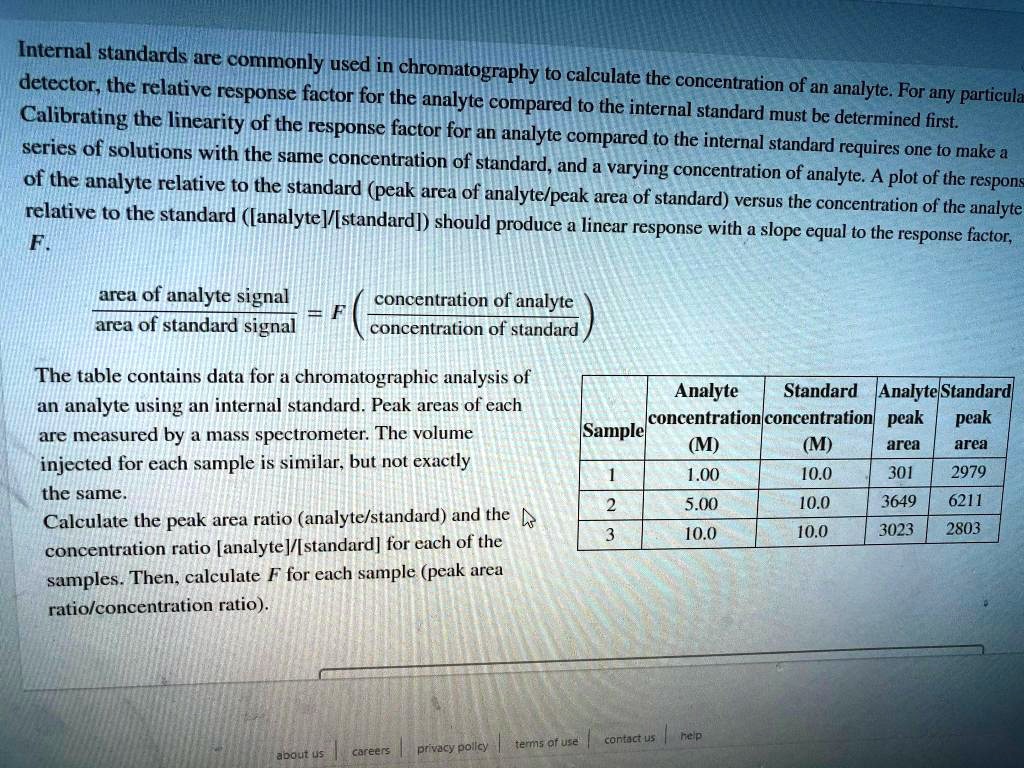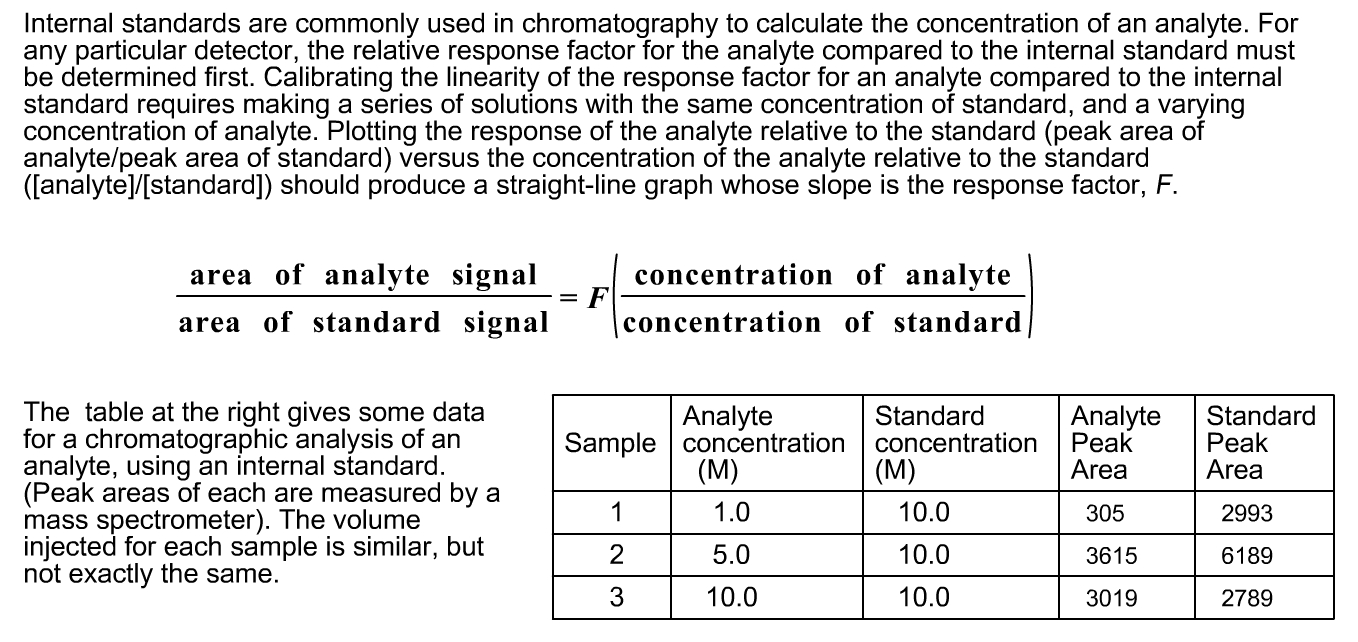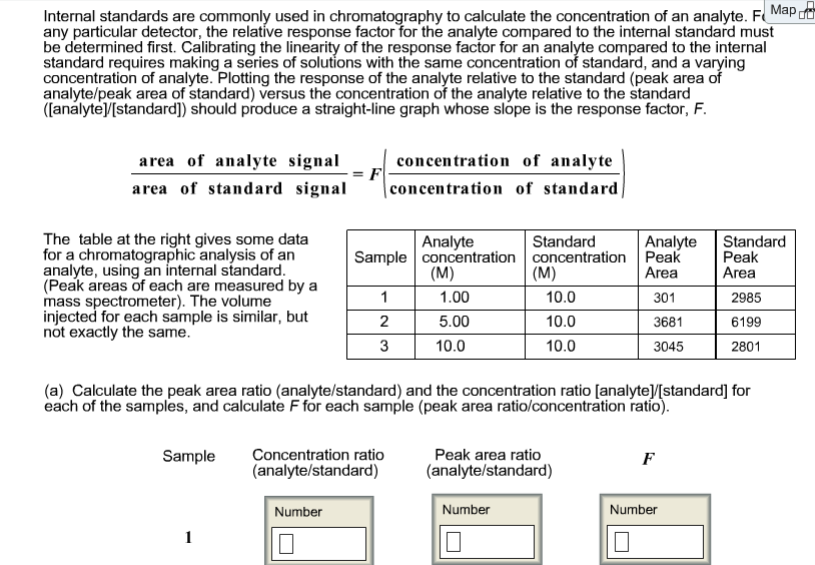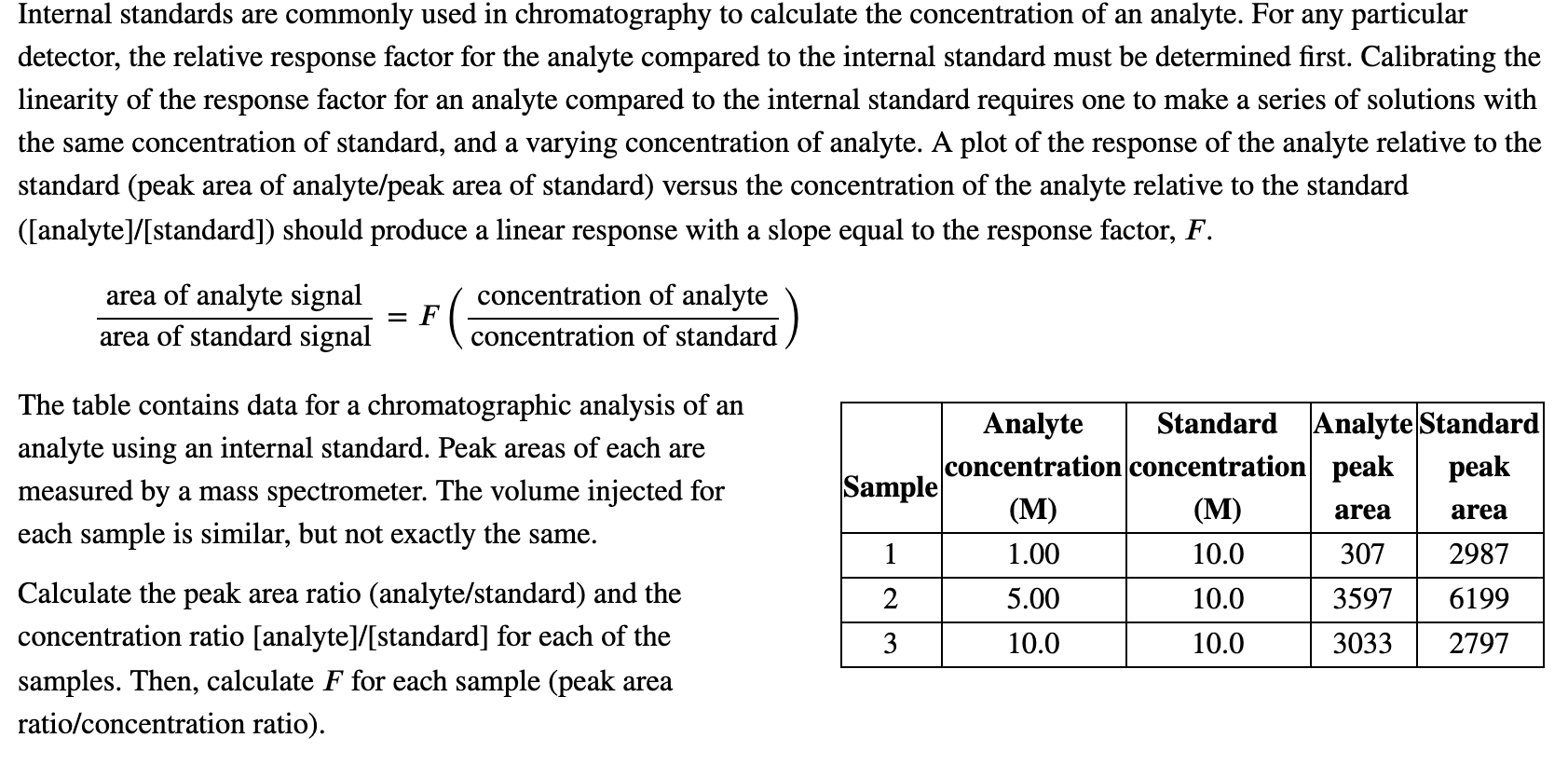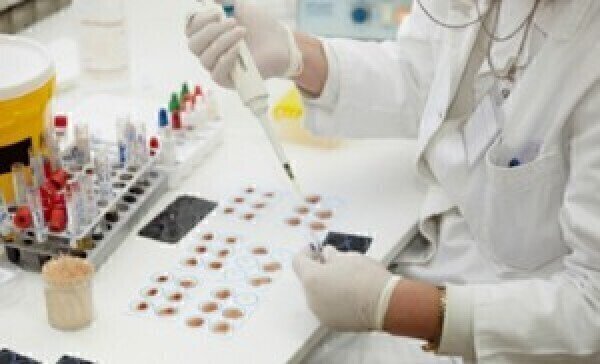Prediction of response factors for gas chromatography with flame ionization detection: Algorithm improvement, extension to silyl

A LEAN Approach for the Determination of Residual Solvents Using Headspace Gas Chromatography with Relative Response Factors
